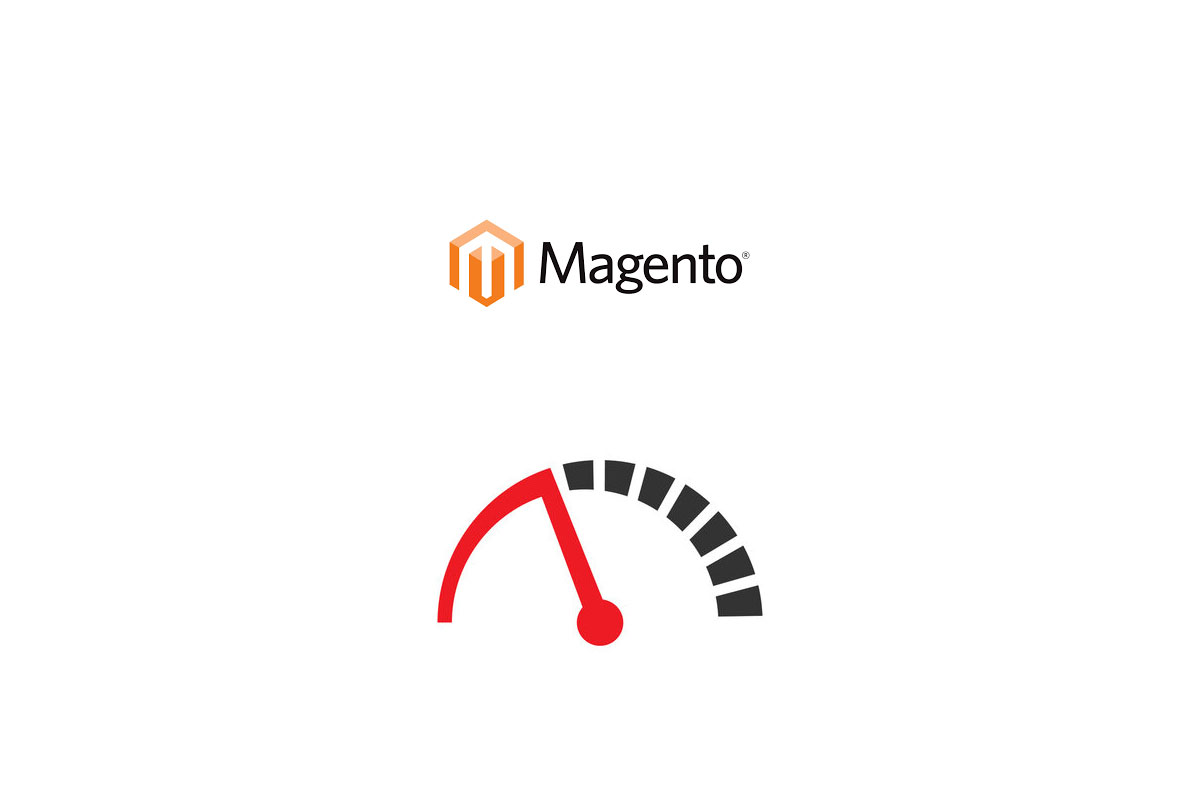Ecommerce has overtaken the traditional business market. While there are multiple solutions for businesses to develop their e-commerce websites, one of the most reliable ones is the Magento platform. This platform has the ability to withstand scalability and increasing ecommerce needs.

However, all of this is of no use if your Magento website doesn’t load faster. If you want satisfied customers and no lost opportunities, you will need to ensure high-speed loading for your website.
Below in this article, we will outline some useful tips that will help you optimize your Magento website loading speed.
Start with Optimizing Your Magento Installation
The very first you will need to do to get a high-speed Magento website is the optimized installation and configuration. Start by ensuring that you’re using the latest version of Magento, as newer releases often include performance improvements and bug fixes.
Optimize your Magento installation by enabling caching mechanisms. This will help you reduce server load and speed up page rendering. After you have installed Magento, make sure to streamline its configuration by disabling unnecessary modules and extensions that may be contributing to increased burden and slowing down your website.
Choose a High-Performance Hosting Provider
The choice of hosting provider is the primary thing that determines the speed and performance of your Magento website. Opt for a hosting provider that specializes in Magento hosting and offers optimized server configurations. Nexcess is one such hosting provider that can ensure improved speed and performance of your website.
Look for features such as SSD storage, dedicated resources, and advanced caching mechanisms to ensure optimal performance. Additionally, go with a hosting provider that has an established network infrastructure and data centers to minimize latency and ensure fast-loading pages for users worldwide.
Optimize Images and Media Files
Large and unoptimized images are the most common problems Magento website owners have to face in terms of slow loading speed. What you need to do is optimize your images by compressing them without sacrificing quality. You can use photo editing software tools or online resizing services to reduce the size of images on the website.
Along with this, you can also use Magento’s built-in image optimization features, such as lazy loading and automatic resizing. This will further reduce page load times. Minimize the use of unnecessary media files and consider offloading larger assets, such as videos, to external hosting platforms or content delivery networks to reduce server load and improve page speed.
Implement Content Delivery Networks (CDNs)
Content Delivery Networks (CDNs) provide an unmatched service to speed up Magento websites. These networks help by caching static content and serving it from geographically distributed servers closer to the user’s location. This way, whenever a user opens your website, it will be served from the server located closest to them, contributing to high-speed loading.
You can implement a CDN to offload heavy assets, such as images, CSS, and JavaScript files. This will reduce latency for users accessing your website from different regions.









